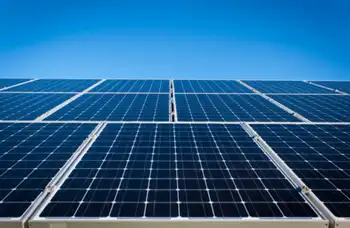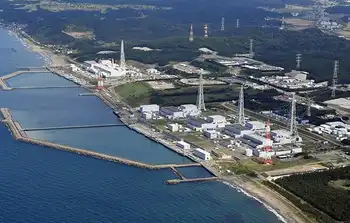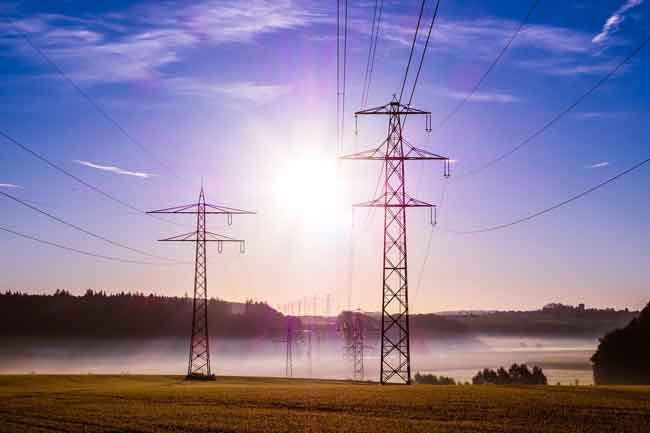Exelon to begin process for new nuclear plant in Texas
The company's intentions are outlined in a letter filed with the NRC today. The filing of the letter launches a process that preserves for Exelon the option to develop a new nuclear plant in Texas without immediately committing to the full project.
Exelon has not decided to build a new nuclear plant. Among the various conditions that must be resolved before any formal decision to build is made are a permanent solution to used fuel disposal, broad public acceptance of a new nuclear plant and assurances that a new plant using new technology can be financially successful.
Exelon expects to submit the application to the NRC for the combined construction and operating license in 2008.
The letter to the NRC states that Exelon expects to acquire a site, apply for a COL and develop project cost estimates and economic projections for a new nuclear energy plant with "next-generation" technology. Such nuclear plant designs are simpler and less costly to operate and incorporate so-called passive safety features that rely on natural forces such as gravity rather than pumps and valves to maintain high safety margins. Exelon is working with GE and Westinghouse to determine suitable next-generation designs.
Exelon Nuclear has begun looking in Texas for potential sites on which such a new plant could be built. Texas is expecting a surge in electricity demand over the next 20 years, and Exelon already owns natural-gas generating plants in the Electric Reliability Council of Texas (ERCOT), the state's regional transmission system.
"We view Texas as a logical area for expansion of nuclear power," said Jack Skolds, Executive Vice President of Exelon Corp. and President of Exelon Generation. "Exelon also sees the state's burgeoning need for more electricity with fewer carbon emissions, which is precisely what nuclear energy delivers. We want to fully explore all possibilities for our mutual benefit."
Exelon expects the cost of developing the COL to be about $30 million. The timing of the application would allow the company to participate in nuclear production tax credits, financial risk insurance and federal loan guarantees specified in the 2005 Energy Policy Act.
Related News

A tenth of all electricity is lost in the grid - superconducting cables can help
PARIS - For most of us, transmitting power is an invisible part of modern life. You flick the switch and the light goes on.
But the way we transport electricity is vital. For us to quit fossil fuels, we will need a better grid, connecting renewable energy in the regions with cities.
Electricity grids are big, complex systems. Building new high-voltage transmission lines often spurs backlash from communities worried about the visual impact of the towers. And our 20th century grid loses around 10% of the power generated as heat.
One solution? Use superconducting cables for key sections of the grid. A single…





